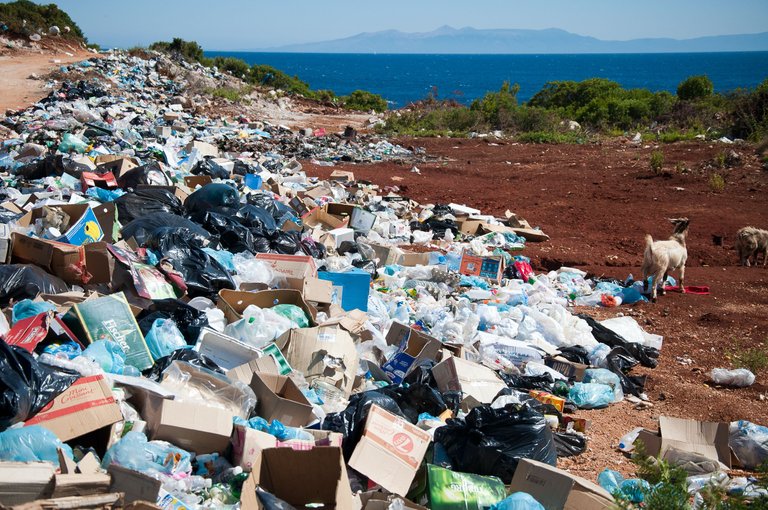
Pollution can be defined as the addition of any substance or form of energy to the environment at a rate faster than the environment can accommodate its natural recycling and repair.
Pollution can be defined as the addition of any substance or form of energy to the environment at a rate faster than the environment can accommodate its natural recycling and repair. It is important to recognize that we are adding pollutants to our environment all of the time in our daily lives, but these additions do not necessarily create a pollution problem because they are at levels below which significant environmental damage occurs.
For example, the exhaust from your car’s engine contains several pollutants that you release into the air during normal driving. But when you drive by yourself down an open highway on a clear day, it is unlikely that you will create a pollution problem because your exhaust will dissipate into the atmosphere as quickly as you release it. However, if everyone in Toronto drove onto Highway 400 during rush hour every day with their windows rolled up and contaminated air-conditioners turned on, then there would almost certainly be an air pollution problem.
A pollutant is a waste material that pollutes air, water, or soil, and is the cause of pollution.
A pollutant is any waste material that pollutes the environment. Pollutants can be chemical, physical, or biological. Some pollutants are in solid forms such as industrial waste, sewage, and garbage. Others are gases such as carbon monoxide and methane. A pollutant is any waste material that pollutes the environment. Pollutants can be chemical, physical, or biological. Some pollutants are in solid forms such as industrial waste, sewage, and garbage. Others are gases such as carbon monoxide and methane.
They can also come in liquid form including acid rain which pollutes soil, lakes, and rivers. The term pollutant refers to waste material that is undesirable to its environment. It can also refer to a foreign substance that is added to an environment at a faster rate than it can be dispersed or broken down by the ecosystem.
Pollution has been around since time immemorial. It was first introduced by early humans burning coal and wood to cook food and keep warm.
Two types of pollution
Since the earliest days of the Industrial Revolution, there have been two primary types of pollution: air and water. The former occurs when machines release fumes into the air, while the latter happens when chemicals from factories runoff into rivers and lakes.
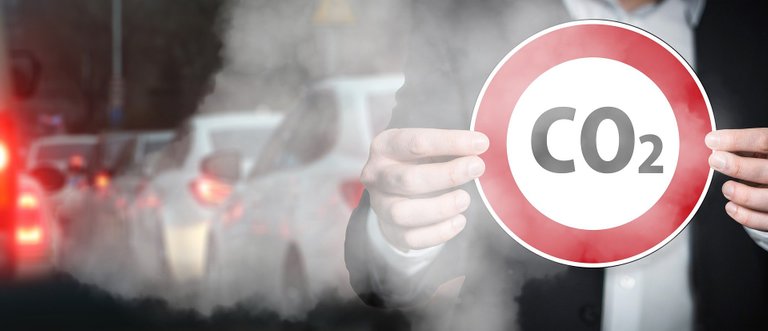
Air Pollutants
Somewhere you've probably heard of the big three air pollutants: sulphur dioxide, nitrogen oxides, and carbon monoxide. But there are many more. Many of these we can't see or smell; some are toxic, others carcinogenic. Here is a list of some major air pollutants:
• Sulphur dioxide (SO2)
• Nitrogen oxides (NOx)
• Carbon monoxide (CO)
• Toxic metals (e.g., arsenic, chromium, nickel)
• Particulates (PM10, PM2.5)
• Ammonia (NH3)
• Volatile organic compounds (VOCs)
• Radioactive pollutants
• Mercury
• Lead
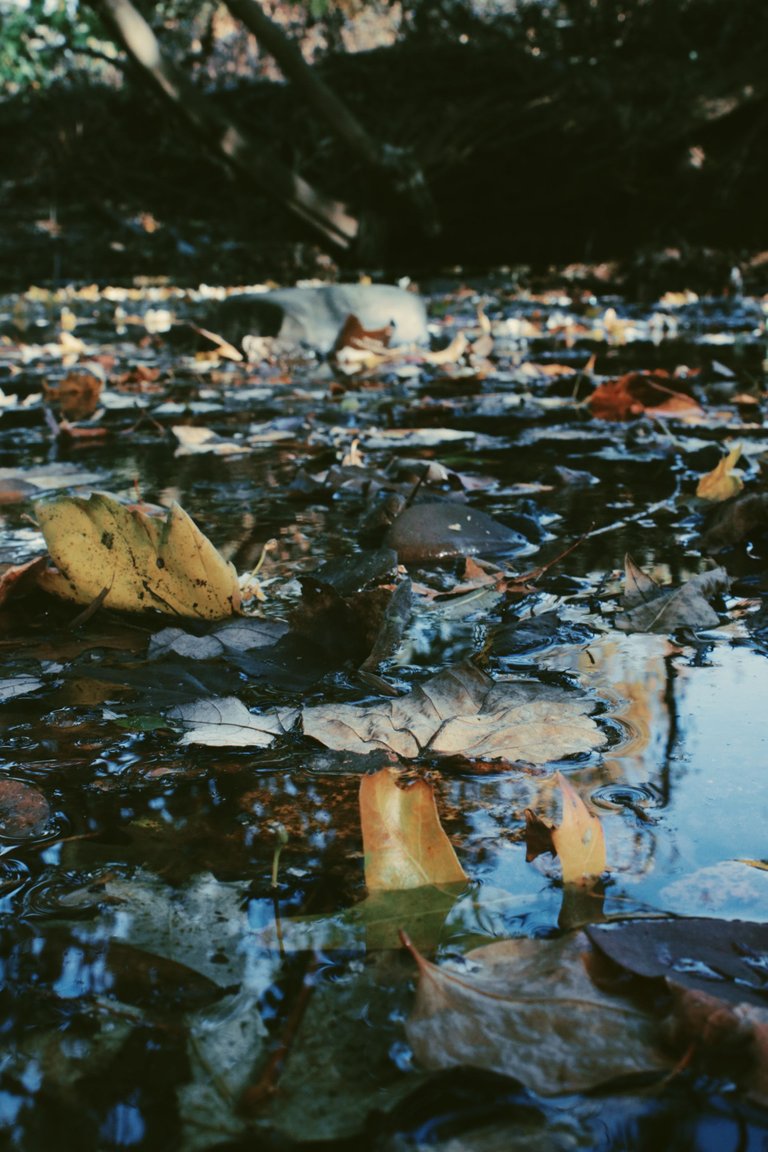
Water Pollutants
Water pollution is the contamination of water bodies, usually as a result of human activities. Water bodies include example lakes, rivers, oceans, aquifers, and groundwater. Water pollution results when contaminants are introduced into the natural environment. For example, releasing inadequately treated wastewater into natural water bodies can lead to the degradation of aquatic ecosystems. In turn, this can lead to public health problems for people living downstream. They may use the same polluted river water for drinking or bathing or irrigation. Water pollution is the leading worldwide cause of death and disease, e.g., due to water-borne diseases.
Major sources of water pollution include agricultural runoff and wastewater (e.g., sewage) from homes and industries. Nutrient pollution, a type of water pollution, refers to contamination by excessive inputs of nutrients. It is a primary cause of eutrophication of surface waters, in which excess nutrients (often phosphorus) stimulate algae growth. Physical oceanography also refers to an increase in potential energy stored in the form of heat resulting from mixing two waters at different temperatures.
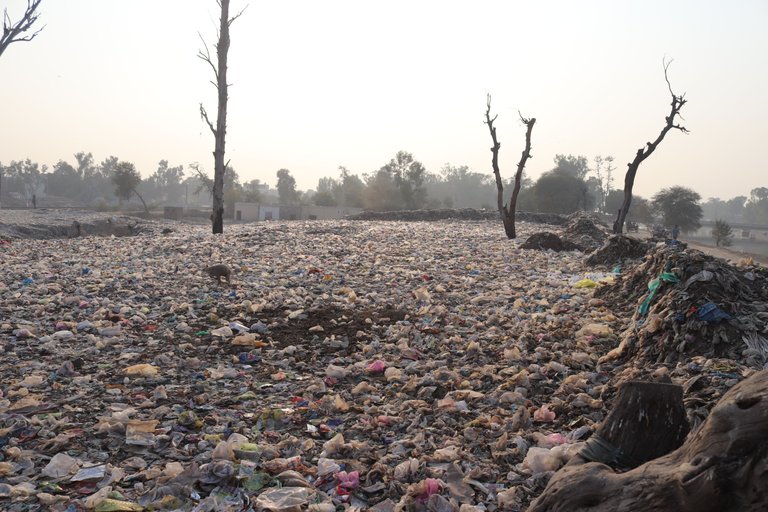
Land/Soil Pollutants
When you think of pollution, you might imagine a cloud of smog over a busy city or a pipeline spewing toxic waste into the ocean. Soil contamination is less visible but is just as severe. The soil isn't just dirt, it's a living ecosystem full of organisms like bacteria and fungi that are crucial to healthy plant growth. Soil pollution can cause this ecosystem to break down, leading to dead plants and animals, food shortages, and contaminated water. There are many types of soil pollutants:
Plastic waste: Plastic bags and bottles buried in landfills will not decompose for hundreds of years. Instead, they leach toxins into the soil and groundwater as they slowly disintegrate into microplastics.
Pesticides: Many pesticides are powerful carcinogens that also destroy beneficial insects and birds higher up on the food chain. They seep into the groundwater from nearby crops or lawns, contaminating local wells with an invisible poison
Heavy metals such as lead, mercury, cadmium and arsenic become concentrated in soils near factories or mines where they're used (such as those for mining gold ore). They get into the human body through fruits or vegetables grown in contaminated soil [source: WHO].
Radioactive materials from nuclear reactors can also contaminate soil for thousands of years after an accident [source: NSF].
Hazardous waste from leaking chemical drums can contaminate both air and soil if it comes into contact with groundwater during disposal [source: Intellisys Technologies].
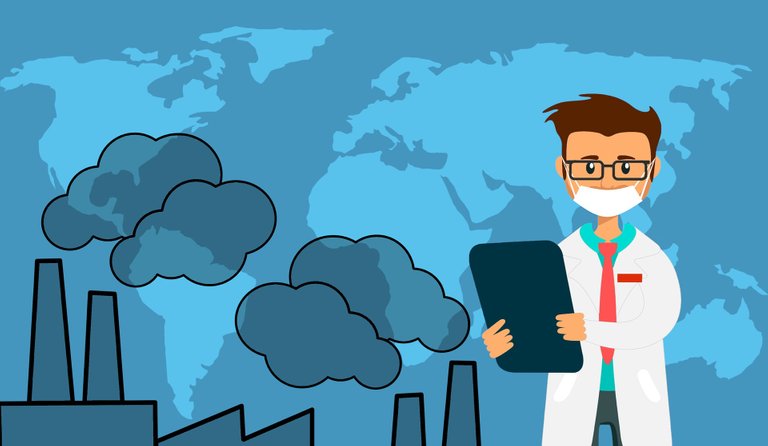
Pollution is bad for the environment. We should always do our best to prevent it.
When you think about pollution, what comes to mind? Is it a big smokestack pouring out dark smoke? Or maybe you think of littering. Whatever your definition of pollution is, we all know that it's bad for the environment, and we should always do our best to prevent it.
Pollution is anything introduced into the environment which directly or indirectly causes harm or discomfort to humans or other living organisms. This includes physical debris like plastic water bottles, cigarette butts, and discarded electronics; chemical waste from industrial processes; and energy in the form of light, sound,, and heat. When our trash accumulates in dumps, when toxic chemicals leach into groundwater,, and toxic smoke from factories billows into the sky—that’s pollution at work. And while most people may not feel a direct impact on their health as a result of pollution (at least not immediately), there are plenty of examples around us to show just how damaging these substances can be to plant life and animals.
Well, you discribe all kind of pollution, and expalin that very good.
Nice post buddy.👍
Thank you for the support, i appreciate
Very detailed write up!🤝 But which of these pollution is more common in your area? Or is it all the three?
Well, everything seems quite popular as i work on the island while living on the mainland of lagos
thank you very much brother for sharing with us all. We must eradicate this kind of pollution as soon as possible because because of this kind of pollution we are all unhealthy.
yes, we must. glad we can all agree to this
Pollution is really dangerous like you said and few people are taking the prevention seriously. God help us
Amen
Wow, thanks for the recommendation. i appreciate
thank you